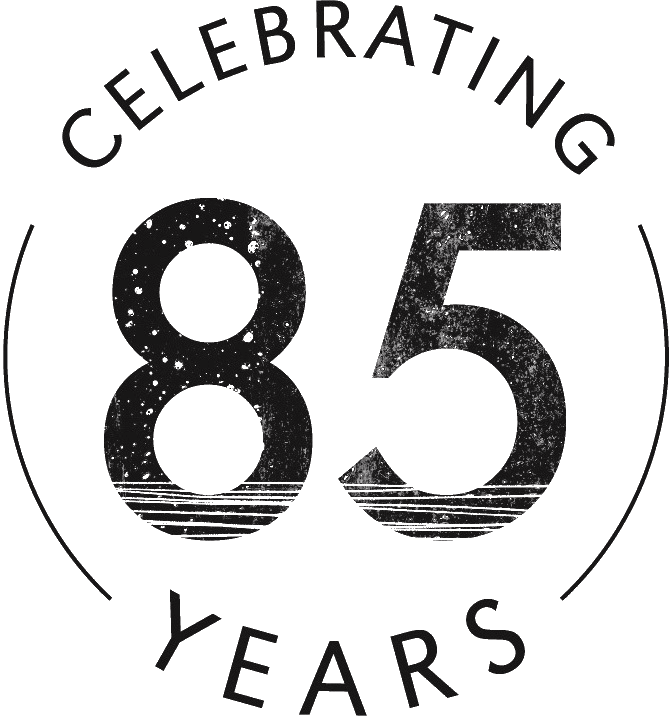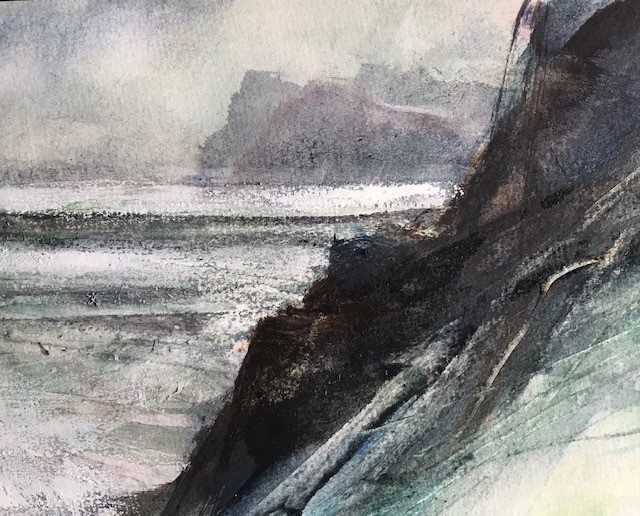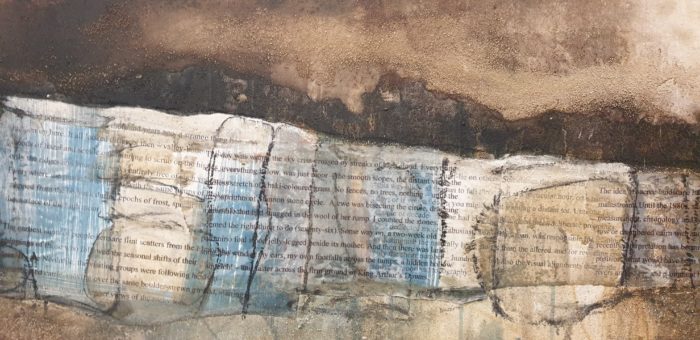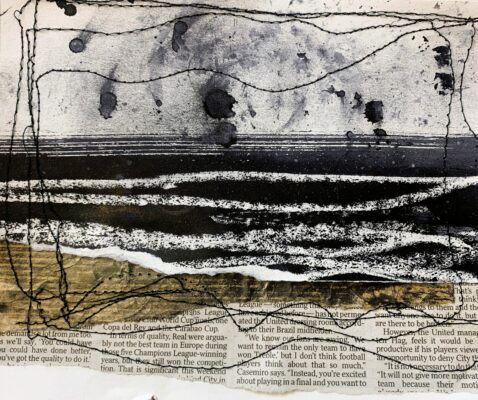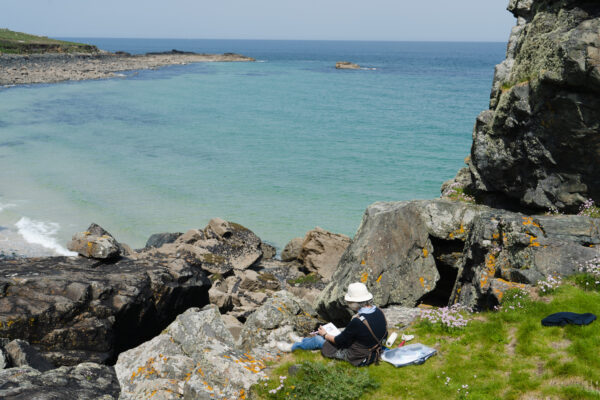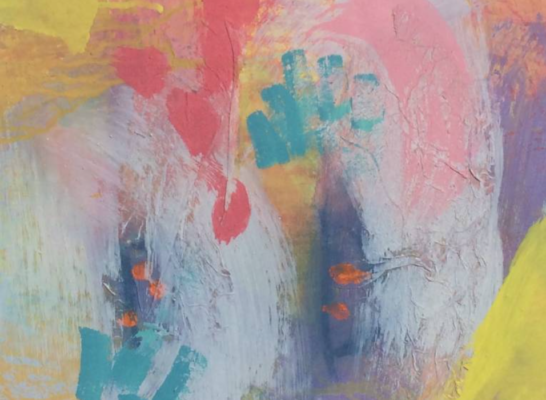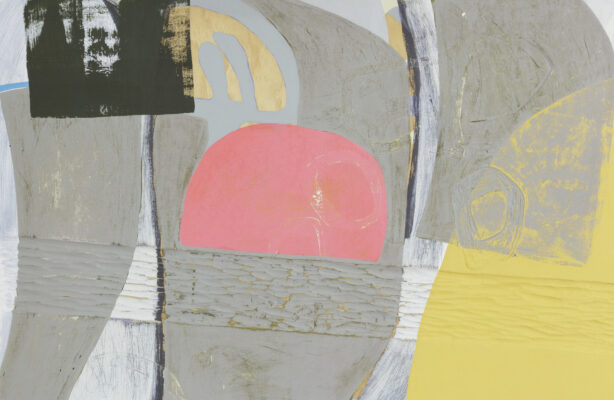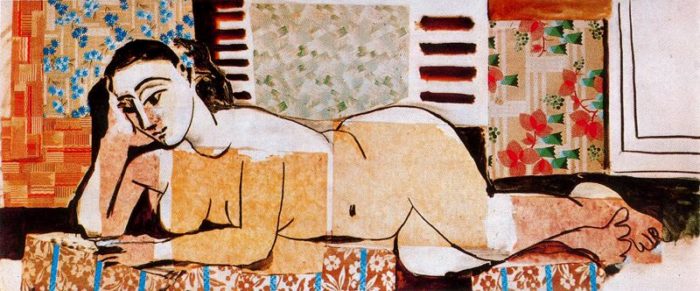Course details
Why learn to draw? Drawing can both underpin and free-up your painting practice, and drawing doesn’t need to be ‘correct’ to be fun or creative!
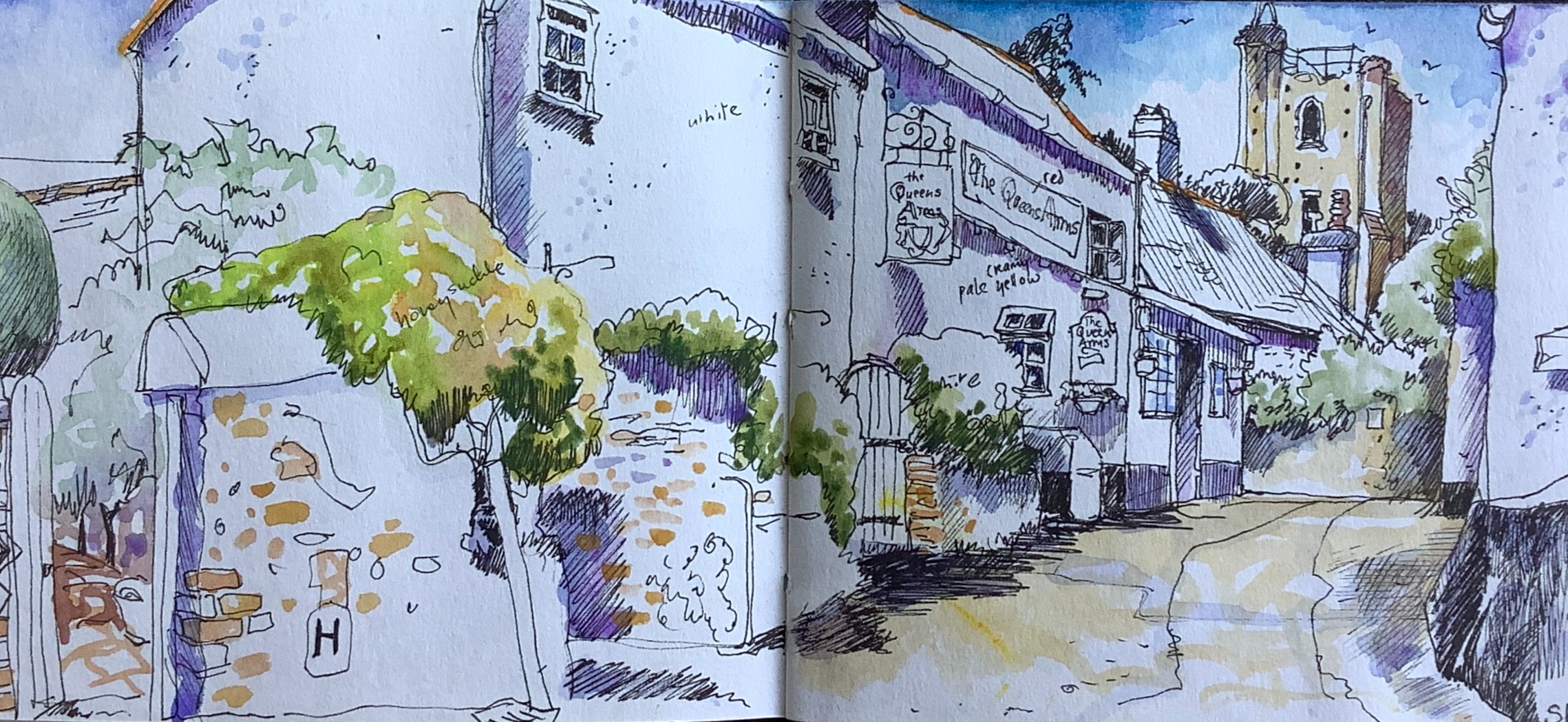
‘What do drawings mean to me? I really don’t know. The activity absorbs me. I forget everything else in a way that I don’t think happens with any other activity.’ John Berger
‘I go out each morning and draw. I can’t really start a painting in the morning until I’ve done a drawing.’ Frank Auerbach
Build confidence and acquire a life enhancing skill that will help you access your visual creativity. On this four day course led by Hilary Jean Gibson and Jill Eisele, explore various approaches to this fundamental way of working. See how different methods and techniques can awaken your senses, allowing you to work in a freer, more intuitive way. Develop a sketchbook practice and build a concertina sketchbook to record your daily scribbles and doodles. Draw with more authority and confidence as Jill and Hilary teach you how to use perspective, line and shading to underpin your painting practice.
Covering techniques including continuous line drawing, selection, weight of line, hatching and graduation, we look to artists including Albrecht Durer, Leonardo, Rembrandt, Barbara Hepworth, Stanley Spencer and David Hockney to draw inspiration from their approaches and methods. Asking why, where and how to draw, this course illuminates and demystifies the most important questions about this essential technique.
Day to day plan
This is a rough indication of what to expect over the course. However sometimes the structure of the days may alter depending on the nature of the group.
Day 1
On day one, explore different techniques including linear work, hatching, cross hatching, and tonal drawings using graduation. Draw using a variety of implements to experiment with mark-making. Learn about symbolism and the use of negative space, as well as chiaroscuro. Look at the work of other artists and start to think about your own visual vocabulary.
Day 2
Develop one of your drawings on the first day using pen and wash. See how drawing with chalks, conte and coloured pastel papers can develop your drawing practice further.
Day 3
After learning various techniques on day one and two, free up your practice and build confidence on this third day. Build your own visual language by starting with a series of short exercises: drawing upside down, cross contour, multiple line, doodles, scribbling, using memory and the recognition of tonal values in colour.
Day 4
On the final day, look at ways to move forward with your drawings. Working with charcoal, charcoal pencils, oil bars and other mediums, find ways to select and enlarge elements of a picture, add collage or abstract your drawings. End the course feeling confident in ways to move forward with your drawing practice.
What will I learn?
- An engagement with drawing as an essential underpinning to your painting practice.
- A new visual language and vocabulary which will help build confidence in the way you approach painting.
- Various approaches, skills and techniques in drawing.
- How to create a concertina sketchbook.
- How to work up sketches using various processes.
Who would this course suit?
This course would suit artists at any stage in their creative journey; whether you have an established practice or are just starting out. Ideal if you are looking for ways to increase skills, experience and attitude as well as interests.
Taught by
What to Bring
Our studios are fully equipped and we provide you with all the materials you need for your course. However, if you have a favourite set of brushes or any specialist materials that you would prefer to use, please bring them with you.
Timings and Breaks
The first day starts at 10am and finishes at 4.30pm, please aim to arrive ten to fifteen minutes before the start time.
All course days after that start at 9.30am and finish at 4pm and there will be an hour for lunch. There are plenty of nearby places to eat and we will serve tea and coffee at break times during the day.
FAQs
Studio Courses
How can I get help in choosing a course?
Our friendly expert staff are always happy to discuss your needs and our courses in more detail to help you with your decision. Please call us on 01736 797180
How do I get my work home?
Tutors have special techniques for transporting oil paintings and the school has plastic folders available in our shop for £3.50 or do bring a portfolio.
For international students we are happy to arrange transportation of your work back home.
What do I need to bring?
Absolutely nothing! All materials and aprons are provided although some people do like to bring their own set of brushes.
What do I do for lunch?
Courses allow an hour’s break for lunch and there are numerous places nearby or you are welcome to bring a packed lunch into the studio.
What times do courses run?
Most of our courses start at 10am and end at 4.30pm on the first day. Subsequent days we start at 9.30am ending at 4pm.
Weekend Courses run 10am – 4pm on the first day but the final day starts at 9.30 and ends at 3.30 with a short lunch break to enable people to get home that evening.
Do you have to be experienced to come to the School?
The School is a very friendly and welcoming place for all ages and experience. Our drop-in life classes and August half-day workshops are ideal for those wanting to have a go for the first time. Most of our longer courses are also fine for novices.
If any of the courses do need a bit of experience we flag this up in the brochure and on the website.
Booking a Course
How can I reserve a place?
We will hold a provisional reservation for 24 hours if you give us a call whilst you find accommodation. Otherwise please book online or by telephone 01736 797180.
You can reserve a place with a £100 deposit; balance is due 12 weeks before course start date.
About St Ives
Where do I park?
The nearest long stay public car parks are the Island and Barnoon Long Stay Car Park, both a 5 minute walk away. In the peak summer months it may be easier to park at Trenwith Car Park by the leisure centre and walk down into town. If you don’t fancy the walk up the hill at the end of the day there is a shuttle bus which runs from outside the cinema.
How do I get there?
Public Transport: If you are coming from further afield the main train line runs into St Erth which is a 15 min taxi ride away or you can take the St Ives Bay Line which runs approx. every 30 minutes. The School is a 10 minute walk from St Ives station.
Driving: M5 will take you to Exeter where we recommend that you take the A30 across Bodmin Moor and into Cornwall. After passing Hayle, leave the A30 at St Erth roundabout for St Ives. Turn right at the second roundabout. This road will take you through Lelant and Carbis Bay into St Ives.
Where can I stay?
St Ives has a huge selection of hotels, guest houses and self catering accommodation to choose from. Please browse the art holidays St Ives section on our website and give us a call if you would like any help.
